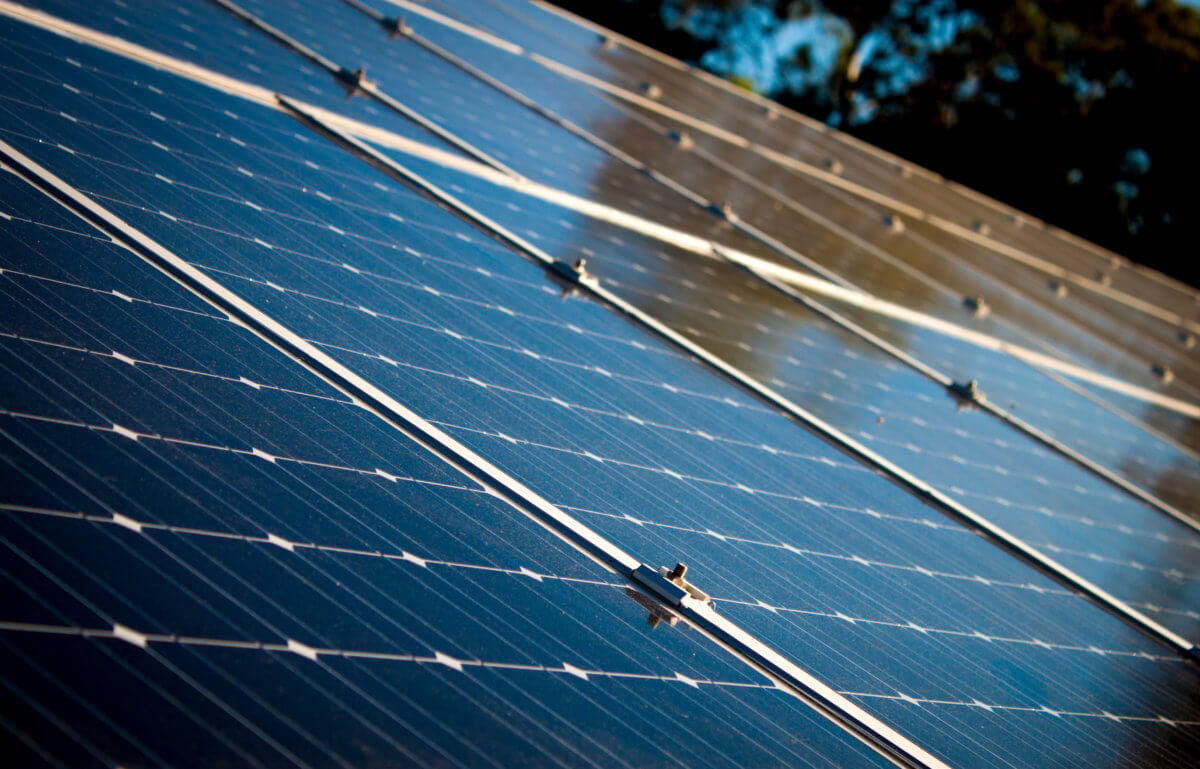The ANU is becoming “greener” with the installation of 1700 ANU-invented “sliver cell” solar panels on the rooftops of several buildings around the Acton campus. The panels will provide approximately 265 kilowatts of electricity generating capacity – which equates to the consumption of around 60 four-person households.
The sliver cell technology utilised in these panels was invented by ANU researchers Professor Andrew Blakers, Associate Professor Klaus Weber and Dr Matthew Stocks – all from the Research School of Engineering.
Sliver cells have some key advantages over conventional cells, such as only using approximately one-tenth the amount of silicon. As silicon is quite expensive, this significantly reduces the cost of the cells. Lead researcher Klaus Weber explains how sliver cells are more efficient and thus cheaper:
“The breakthrough idea was making solar cells from the volume of the silicon wafer rather than just using the surface. This has helped to significantly decrease the cost of the cells while at the same time it made the panels lighter and thinner,” explained lead researcher Klaus Weber.
The installation of the solar panels commenced in September 2017 and is due to be completed and fully operational by the middle of this year.
Acknowledging themselves as one of the largest energy consumers in the ACT, the ANU is aiming to reduce their environmental footprint. To do this, the ANU has set several long-term plans – as well as some smaller changes to everyday operations.
“…the University is looking at all options, including introducing onsite renewable energy generation across all ANU campuses and incorporating renewable energy generation into new building developments,” said Professor Ken Baldwin, director of the ANU Energy Change Institute. These options would complement one of the targets set by the University’s draft Environmental Management Plan 2016-2020 – which aims to increase the generation of renewable energy by 50 percent by 2020.
Currently, energy at ANU’s Acton campus is sourced from a mix of fossil fuels and some onsite renewable energy (photovoltaic arrays and evacuated tube solar hot water). However, the University is developing an Energy Master Plan – which will provide a strong foundation for the future direction of energy resources and sustainable operations. Supported by the Plan, and the implementation of projects such as this solar panel installation, it is clear the ANU is serious in its endeavour to become environmentally friendly.
We acknowledge the Ngunnawal and Ngambri people, who are the Traditional Custodians of the land on which Woroni, Woroni Radio and Woroni TV are created, edited, published, printed and distributed. We pay our respects to Elders past and present. We acknowledge that the name Woroni was taken from the Wadi Wadi Nation without permission, and we are striving to do better for future reconciliation.
